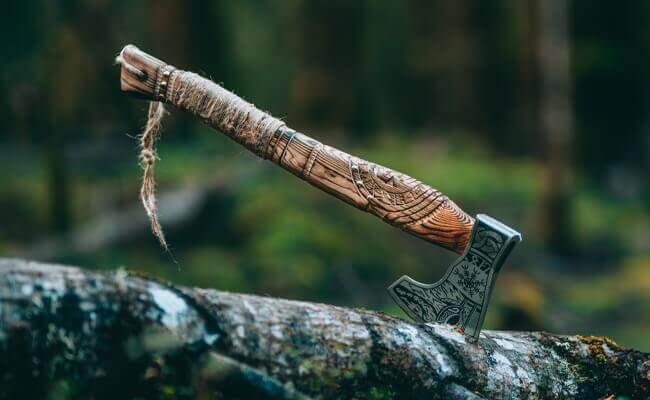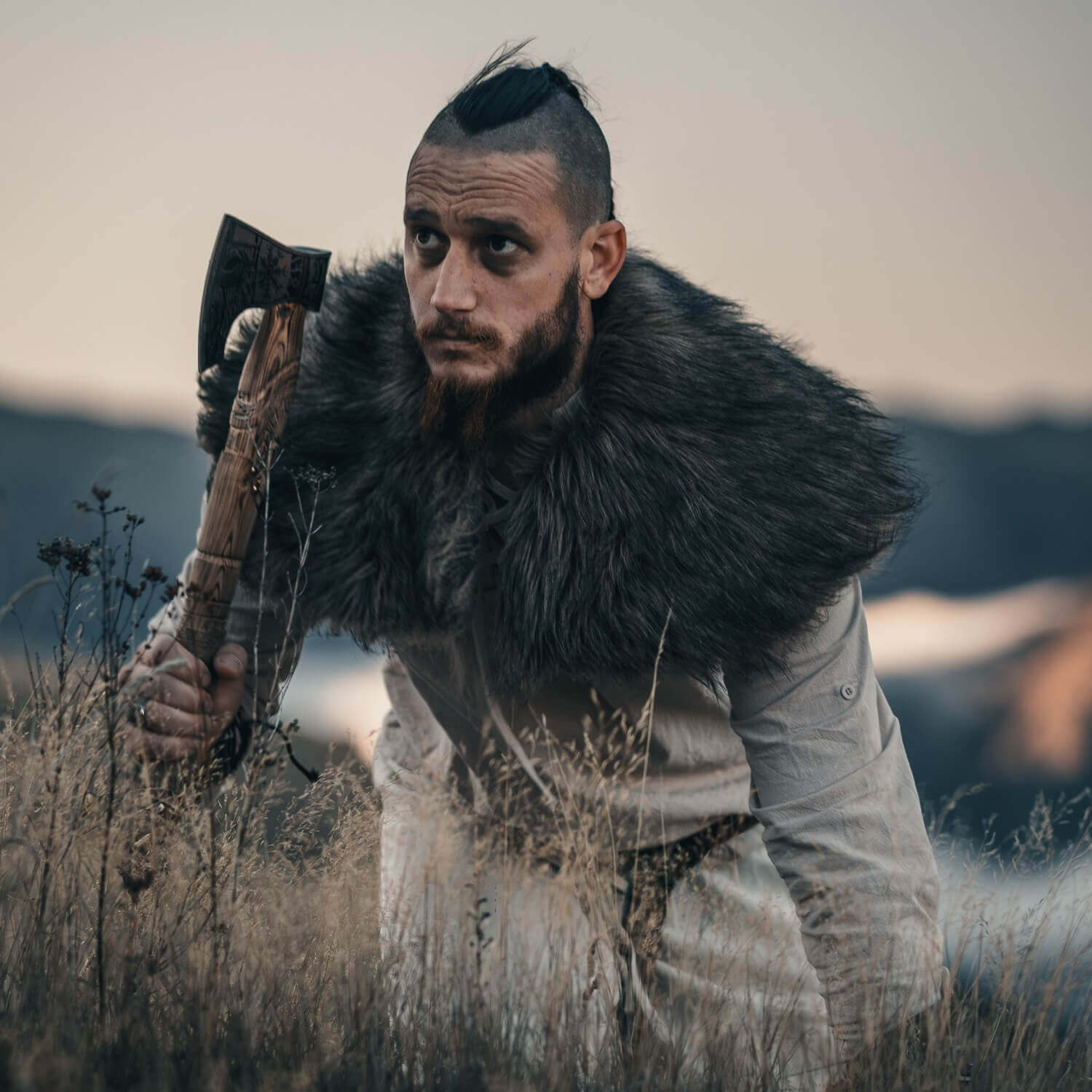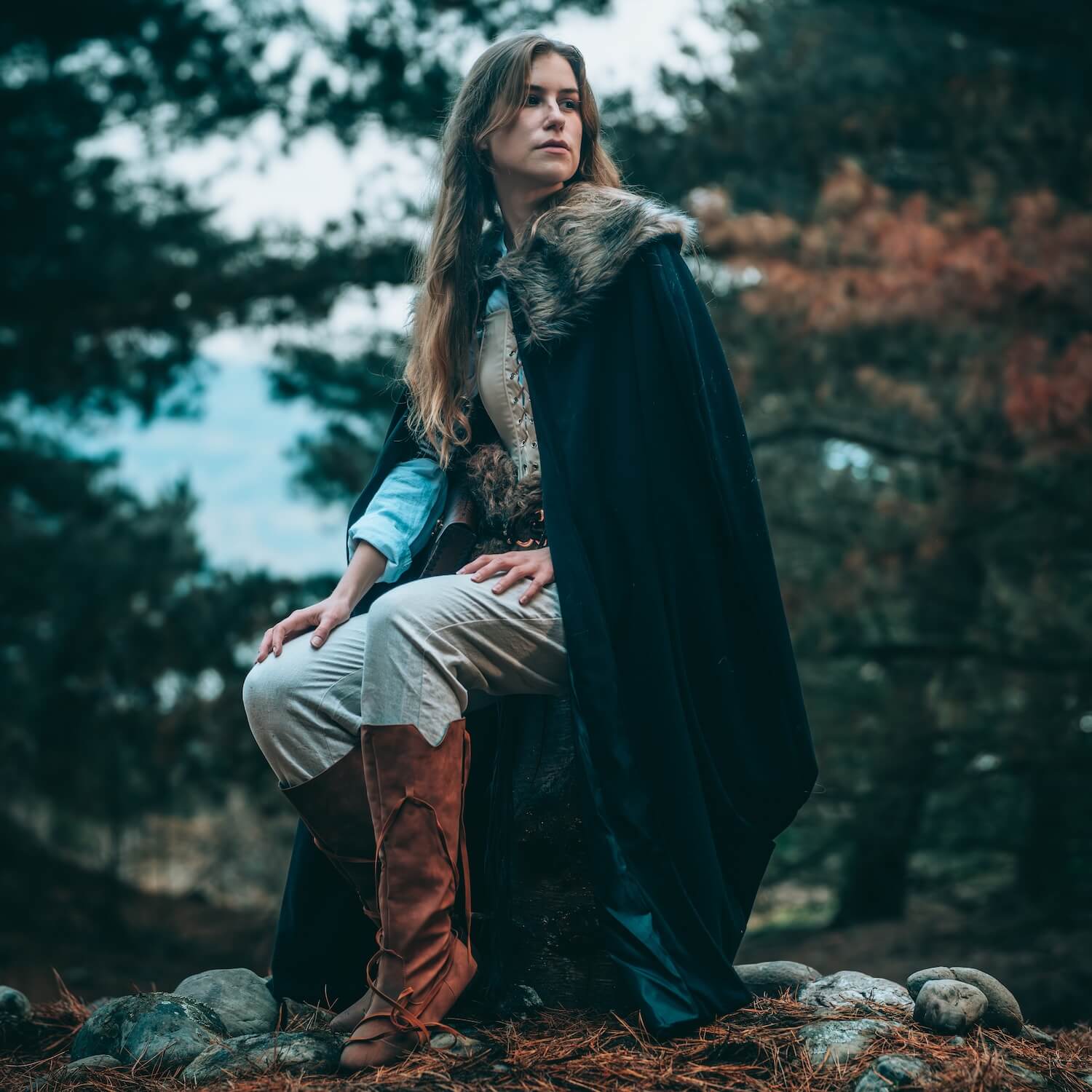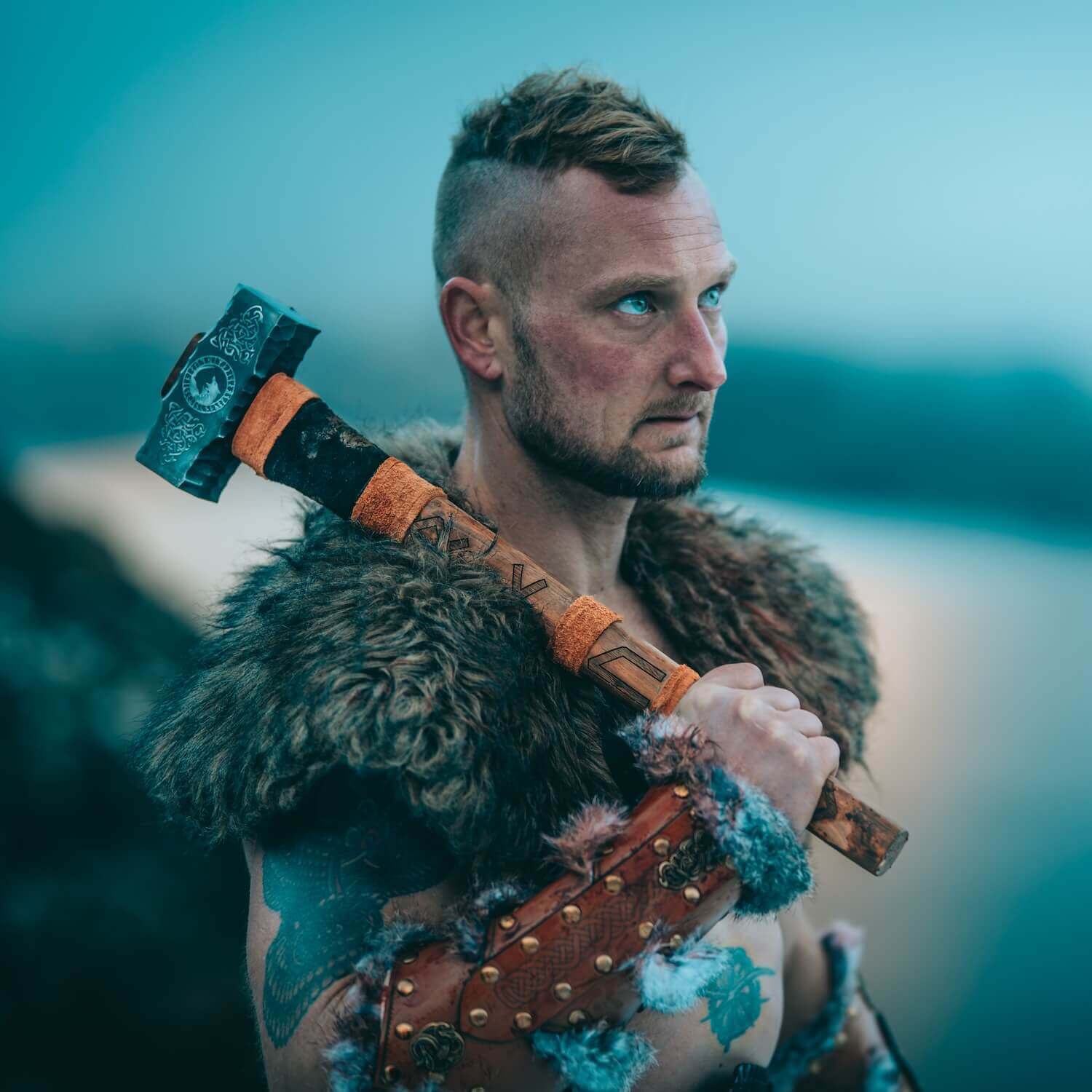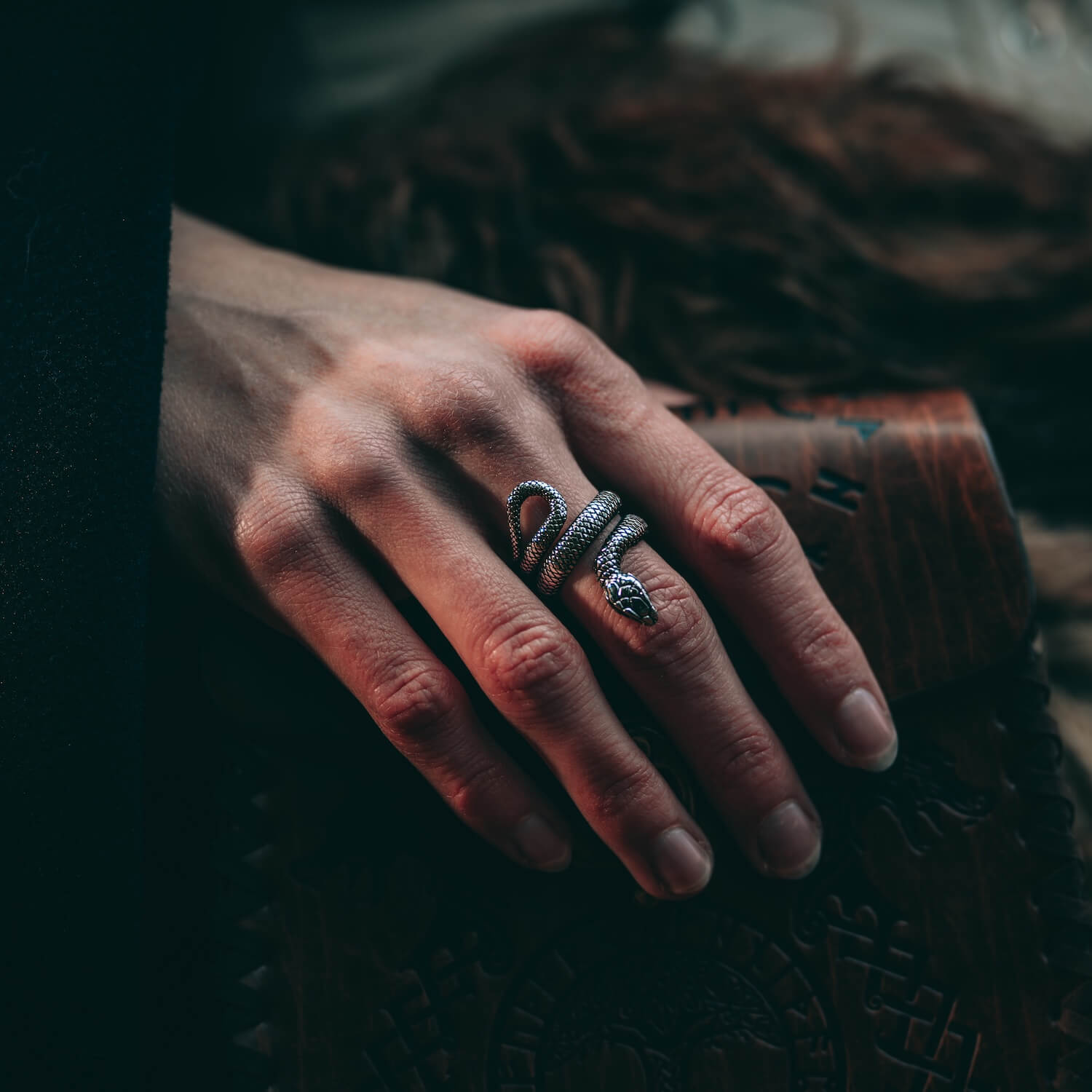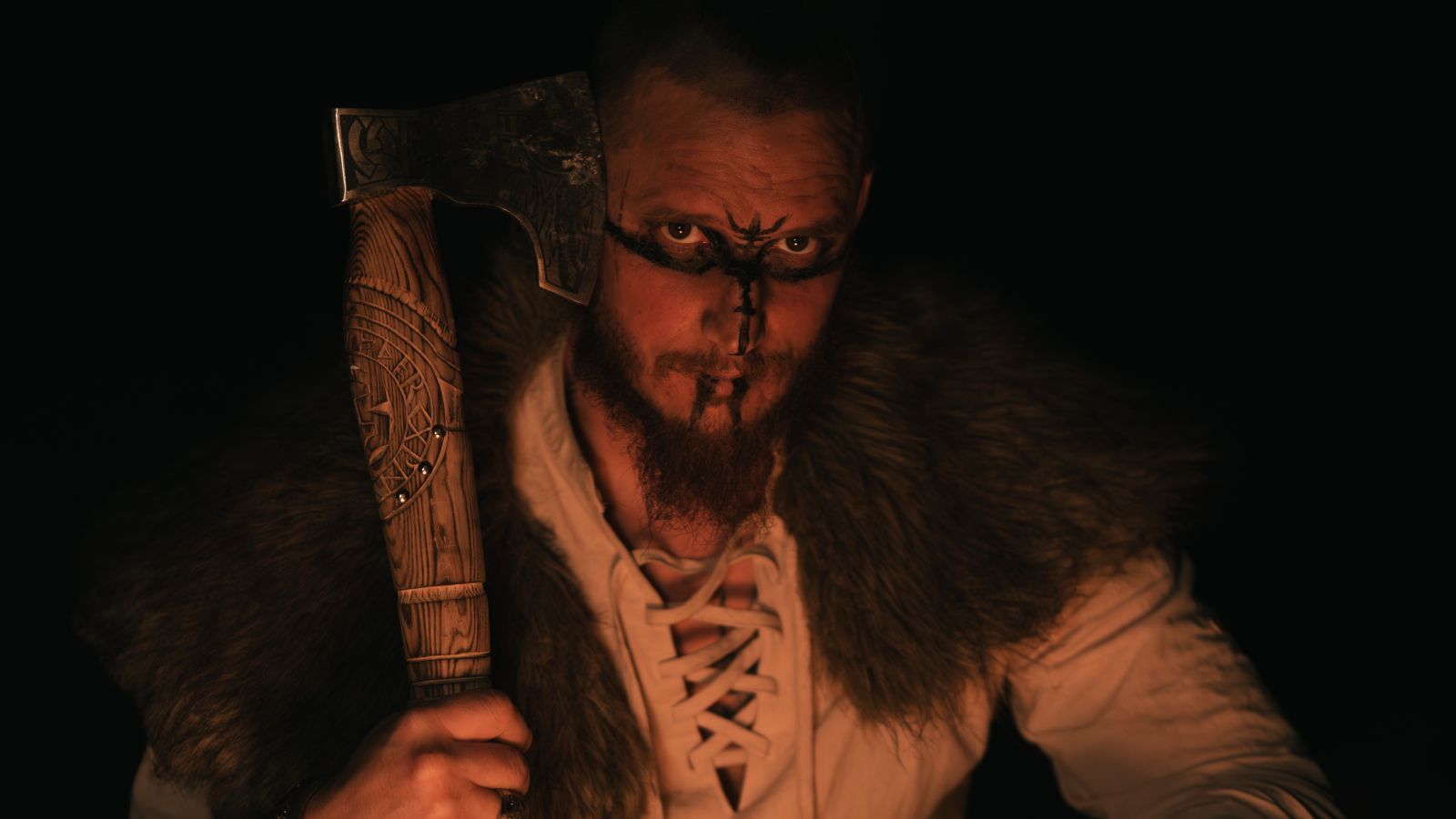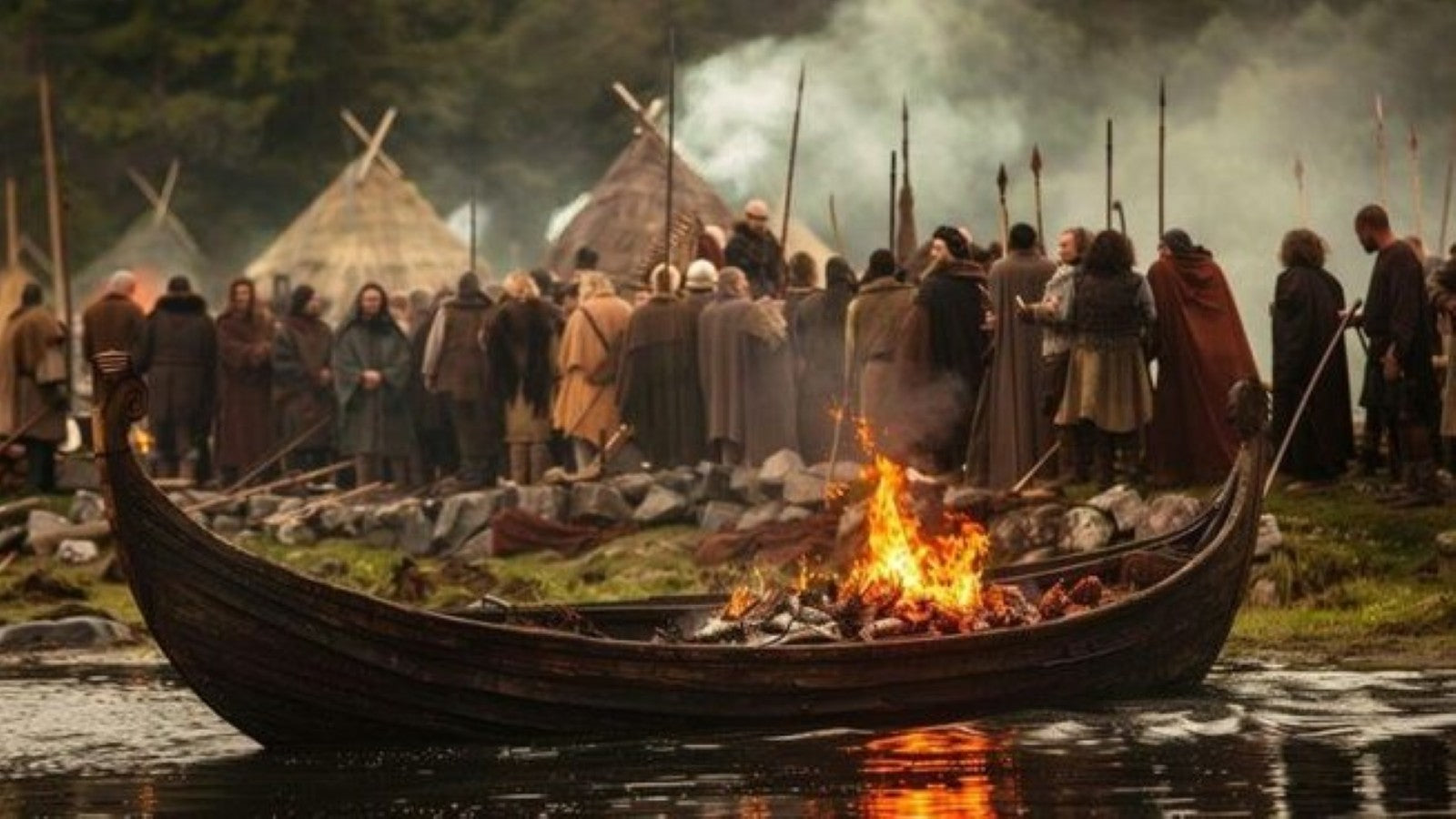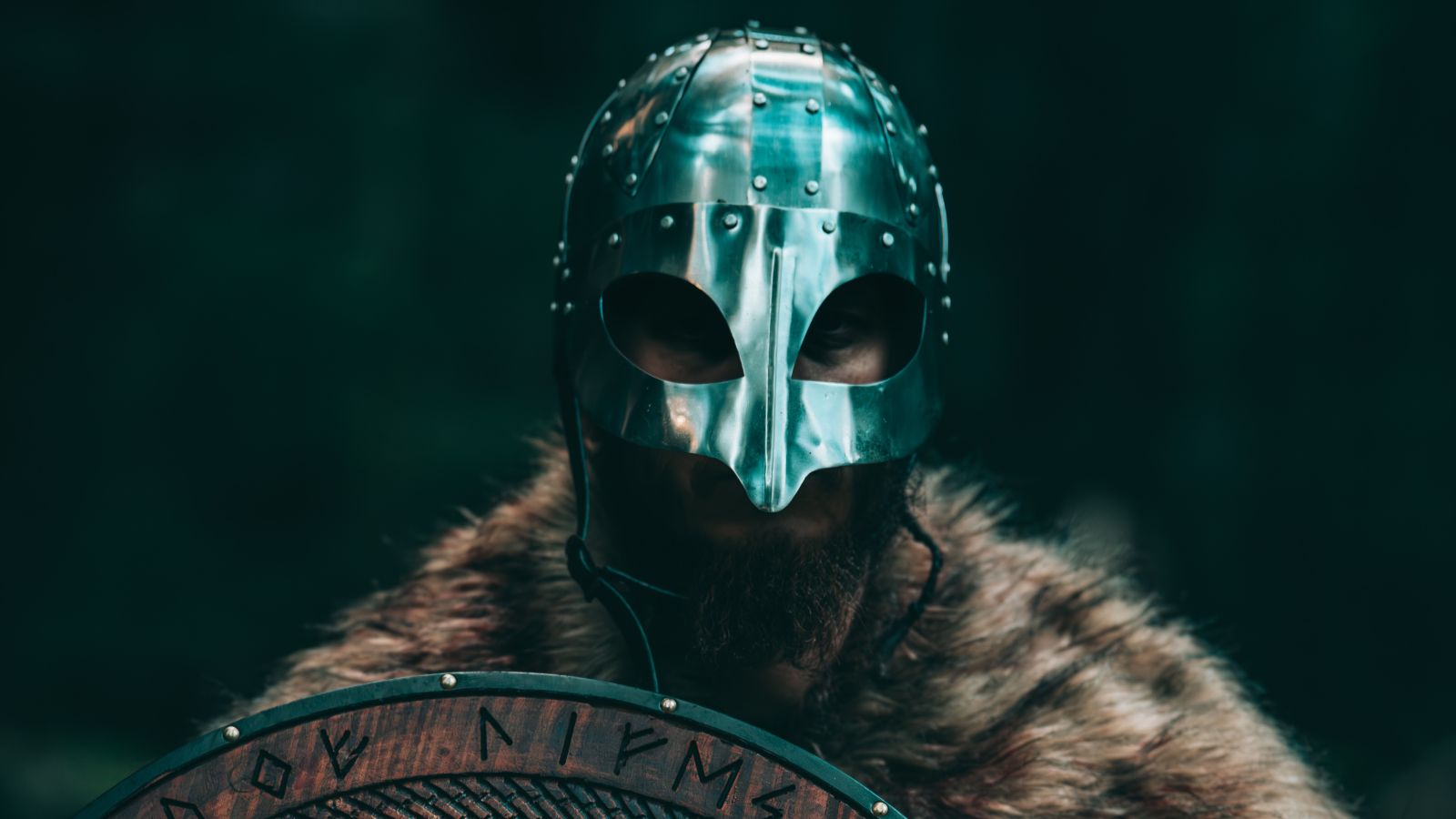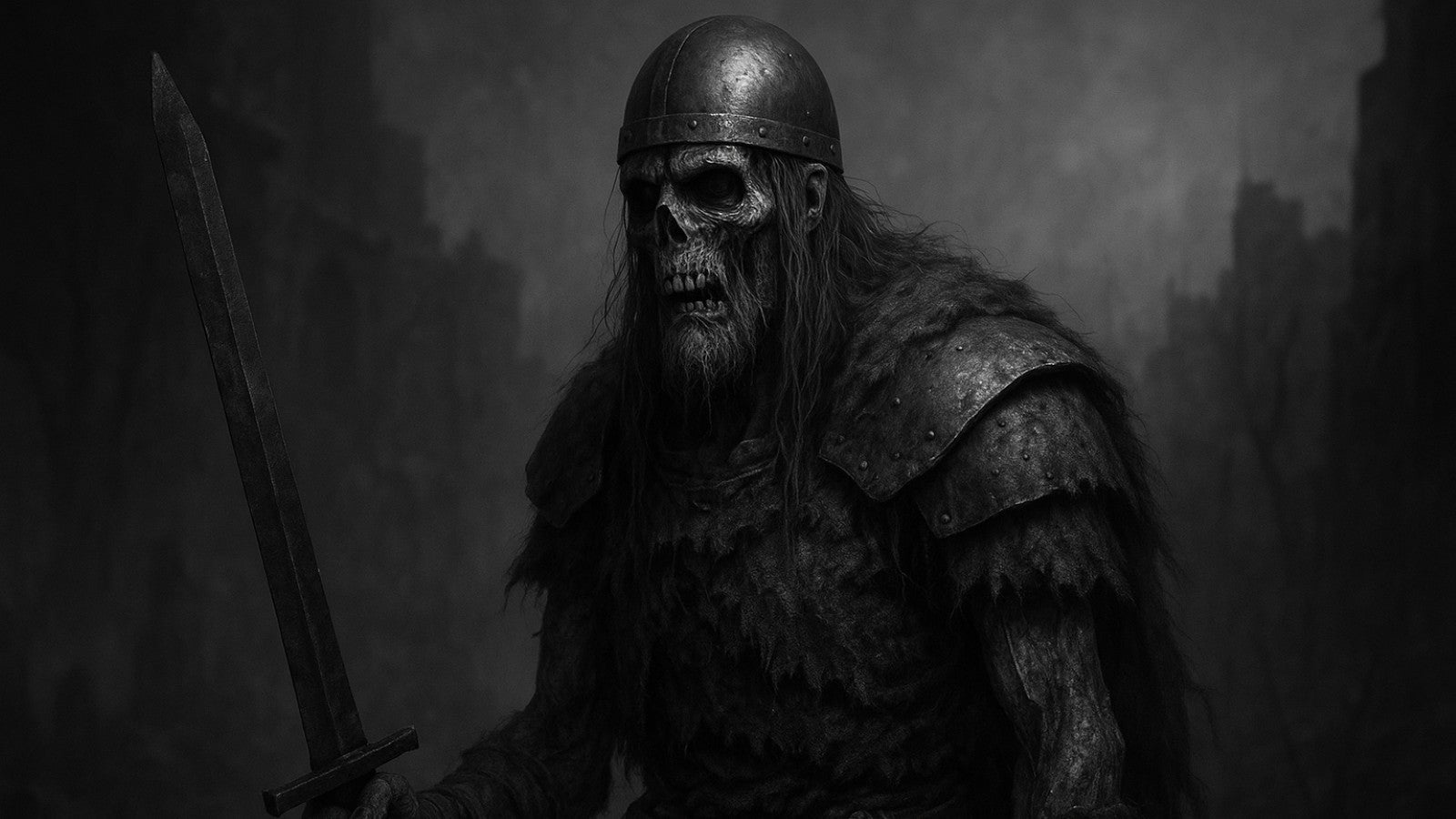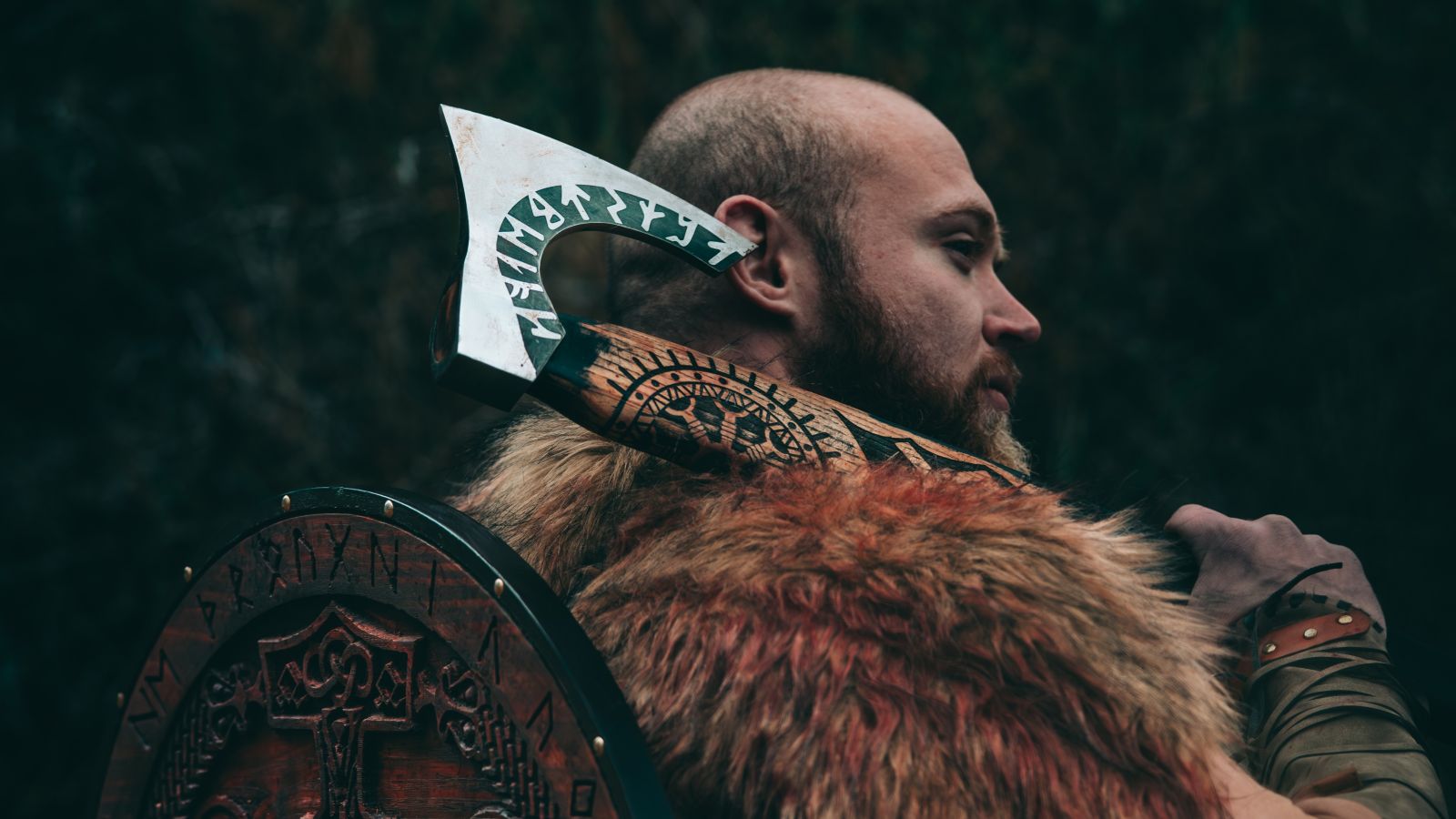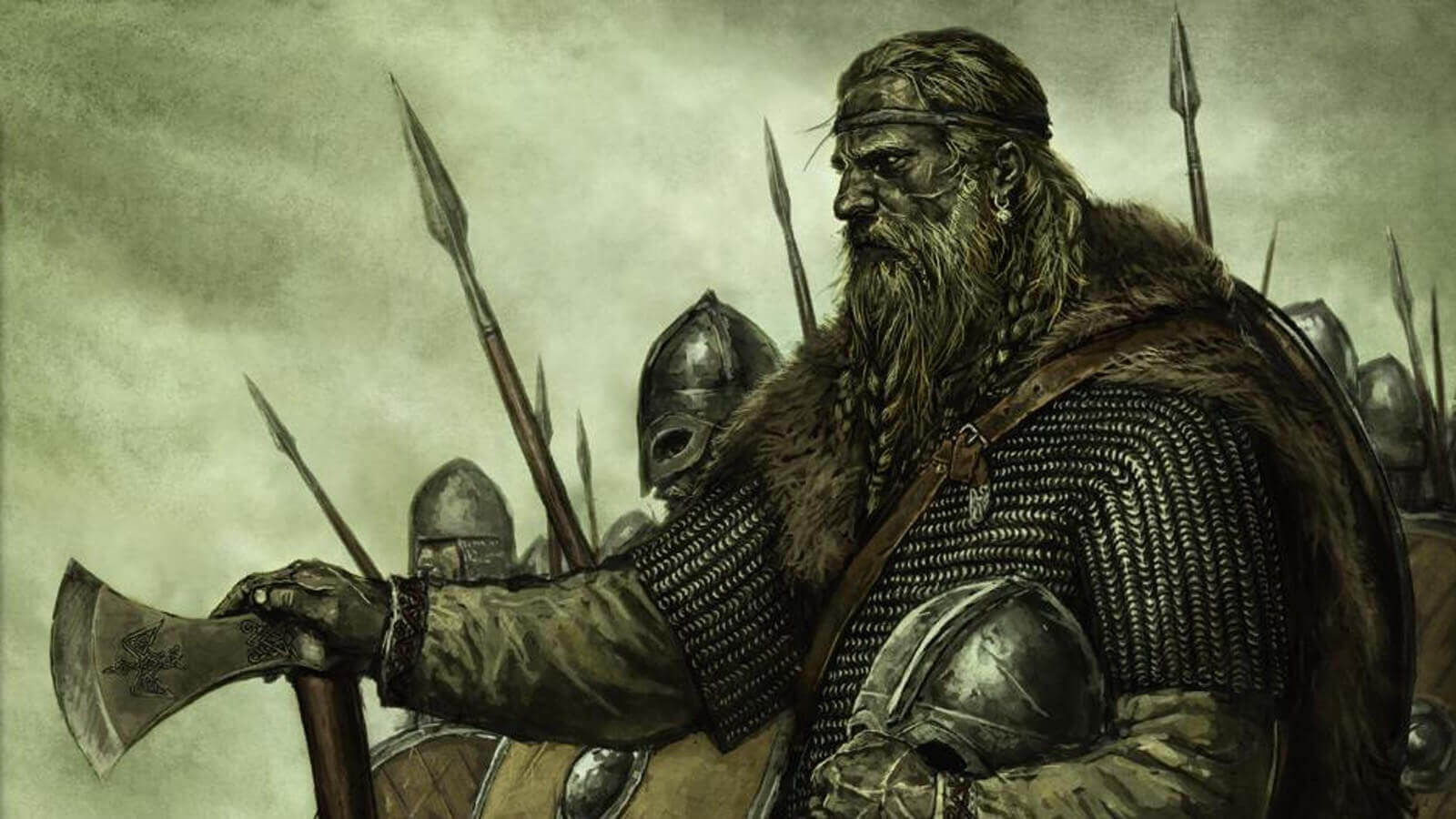
Berserkers - The Truth Behind the Legend
It’s an image that would have struck fear into the heart of anyone on a medieval battlefield: a warrior clad in the skin of a bear or a wolf; a crazed look in his eye, heedless of the battle around him, heading your way.
The Berserkers! Fabled to be invincible on the battlefield and the personal warriors of Odin himself.
It was said they could even call upon the power of the Æsir and transform themselves bodily into the animal whose skin they wore.
So what was the truth behind these ultimate warriors? Where did they come from? How did they achieve what they were purported to achieve?
The Title of Berserker
The name ‘Berserker’ has several possible definitions; two of which are more likely to be true than the rest.
The first, and most likely, is that of “Bear Shirt” or someone who wears a bear skin; which would mirror other practices in the culture. The second, proposed by Snorri Sturlusson, the Icelandic historian and poet, meant “Bare Shirt”, or someone who goes into battle without armor. Given the accounts in both eddic, and non-eddic sources, both are a possibility, but we can say with reasonable certainty that they did wear some sort of animal skin.

Berserker vs Ulfheðnar
If the Berserker was generally a warrior with a bear skin, then the Ulfheðnar would be their wolf pelt wearing counterpart.
While mentioned less often than their bearskin-wearing brethren, the Ulfheðnar are featured prominently in artistic representation, even standing next to the all-father himself, Odin.
It’s safe to say that over the years, the term ‘Berserker’ would be applied across the board, not just to those wearing bear skins, but to all who exhibited unique berserker behavior.
What was that behavior then?
Accounts differ. But across the board it seems that Sturlusson’s description from the Ynglinga Saga was typical of Berserkers' behavior, “his men rushed forwards without armour, were as mad as dogs or wolves, bit their shields, and were strong as bears or wild bulls, and killed people at a blow, but neither fire nor iron told upon themselves. These were called Berserker.”
The accounts tell of how these men would whip themselves into an animalistic frenzy, wide eyed, howling, frothing at the mouth, biting their shields, and often not distinguishing between friend or foe. The legends also state that during this state, or berserkergang, they would be invulnerable, impervious to blade or fire, but afterwards were weak, and needed rest.

How was this possible?
Many theories have been postulated as to how these behaviors were achieved; from things as simple as ritual, or getting into a particular mindset, to the more pharmacological. Scientists have seen parallels between the symptoms of ingesting certain mushrooms, or Stinking Nightshade, and the hallmarks of the berserkergang. Some researchers have even linked symptoms of conditions like Post Traumatic Stress Syndrome to those experienced by berkerers.
The Legacy of the Berserkers
However this state was achieved, the Berserkers of the Viking era have left an indelible mark on our society today. Even their title has been co-opted into our modern vernacular to mean someone who has gone off the rails, out of control, berserk!
Regardless of how much truth existed to their legend, they will be revered forever as some of the most fearsome warriors history has ever seen.

